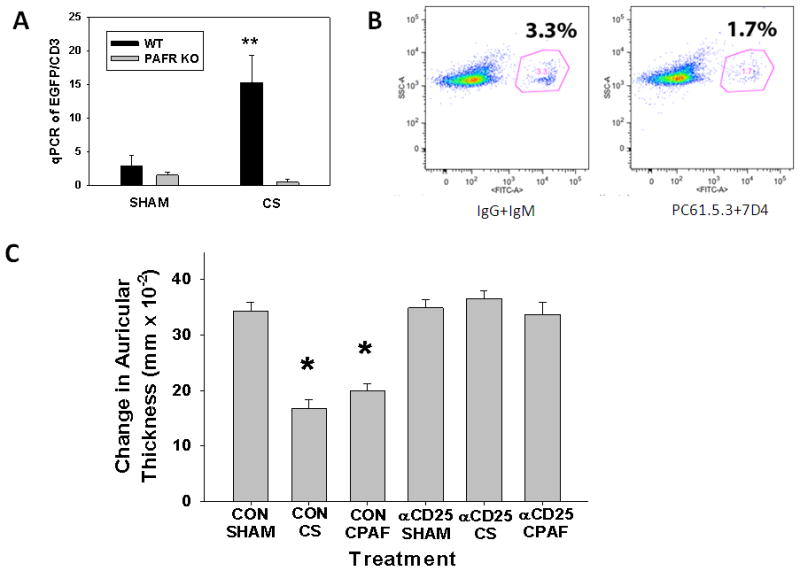Figure 6. Evidence for Treg-mediation of CS- and CPAF-inhibition of CHS to DNFB. A) CS induces Tregs.

A group of 4–5 FoxP3EGFP transgenic mice on WT or PAF-R-deficient backgrounds were either sham- or CS-exposed for 5h/day for three days before removal of lymph nodes for RNA extraction and cDNA synthesis. The expression of EGFP was analyzed by qRT-PCR and normalized against CD3. The data represent mean ± SD. ** Denotes statistically significant (p< 0.01) difference from sham-treated mice. B) Depleting antibodies against CD25 block expression of EGFP-positive Tregs. FoxP3 EGFP mice were injected with either isotype control antibodeis (IgG and IgM) or depleting antibodies against CD25 (PC61.5.3 and 7D4). The expression of EGFP (marker for FoxP3-regulatory T cells) in lymph nodes of these mice were then evaluated on the 10th day using EGFP as surrogate by FACS. C) Treatment with anti-CD25 inhibits CS- and CPAF-mediated inhibition of CHS. WT mice (groups of 6–8) were injected either with isotype control antibodies against IgG and IgM or depleting antibodies against two different clones of anti-CD25 (PC61.5.3 and 7D4) (1 mg each) two days before beginning standard sham or CS (5h/day × 5 days) exposure. 3 days later mice were then sensitized to DNFB followed 9 d later by elicitation as outlined in Fig 3. The data are mean ± SE differences in ear thickness measurements. * Denotes statistically significant (p < 0.05) differences from sham-treated mice.
